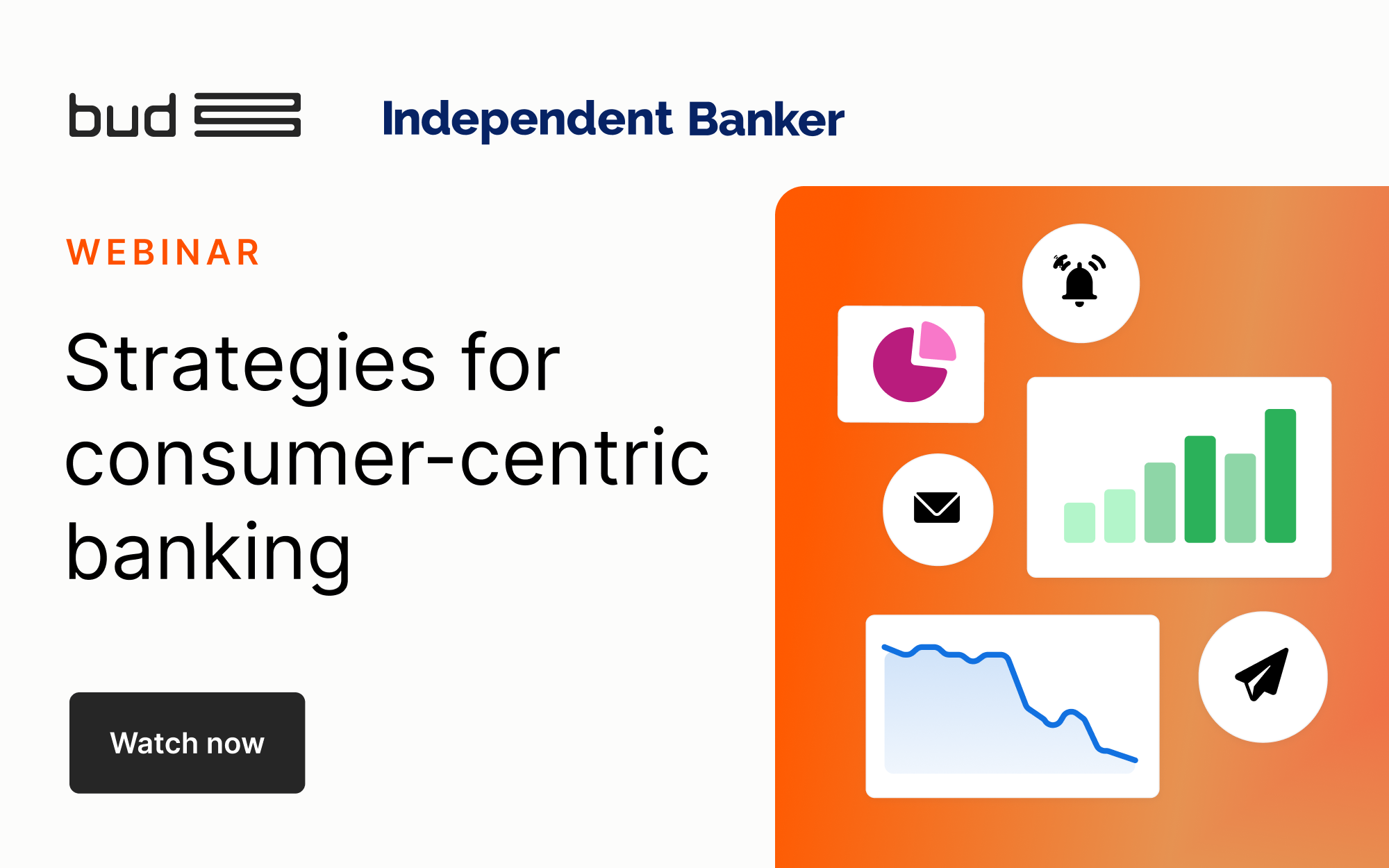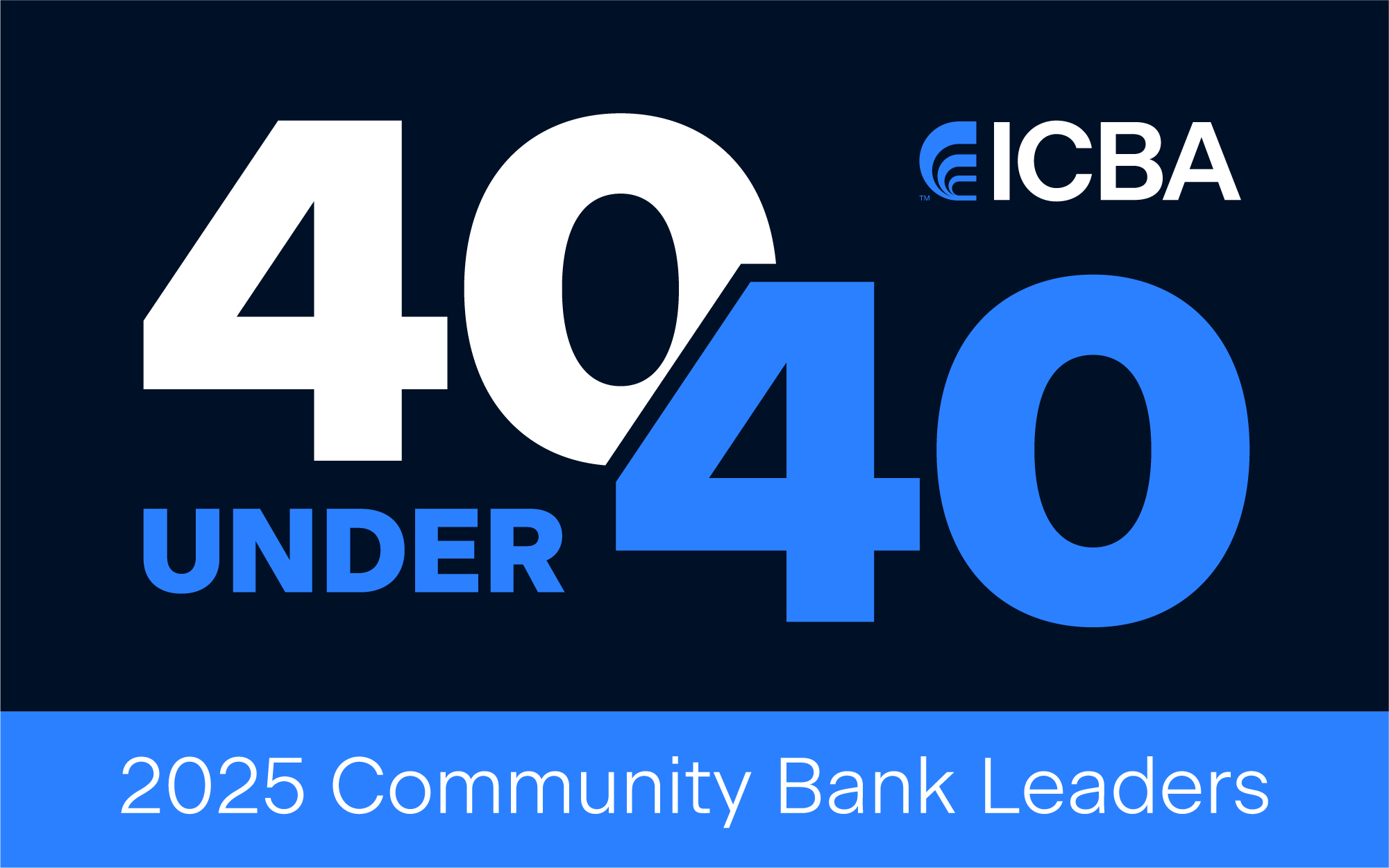As the calendar flips to 2025, portfolio managers may find themselves asking what sort of opportunities the new year could bring. While nobody has a crystal ball, it does seem fairly clear that this year will be different from (and hopefully better than) the past.
With any luck, a more favorable interest rate environment will be a key part of that. After remaining inverted for more than two years, the spread between two-year and 10-year Treasury notes, commonly referred to as the “2s/10s spread,” finally returned to positive territory several days before the Federal Reserve began its easing cycle in September. It is no secret that an inverted yield curve is challenging for community banks, so a re-steepening of the curve—however modest it may be—goes a long way toward easing profitability pressure for many across the industry.
Though it seems quite likely that 2025 will see a steeper yield curve than the year just ended, both the peak in curve slope and the path interest rates take to reach that peak will influence the decisions portfolio managers face throughout the year.
However, given myriad historic challenges over the past several years—record-low interest rates, extreme variations in liquidity positioning and the deepest curve inversion in 40 years, among others—the questions faced today may feel like a welcome return to normal for many portfolio managers.
Cycles in the yield curve
The 2s/10s spread is one of the most commonly cited yield curve spreads in financial markets. There is good reason for this: The yield on the two-year note is largely a function of market expectations regarding policy decisions from the Federal Reserve, while the yield on the 10-year note is influenced by expectations for longer-term economic growth and the outlook for inflation. Because of the factors influencing each component, the spread between the two provides a treasure trove of information regarding the economy and interest rates.
Due to its popularity, there is a considerable amount of historical data available on the 2s/10s Treasury spread. Reviewing this data shows that 2s/10s has peaked at an average of roughly 270 basis points (2.70%) over the past three interest rate cycles (a period of approximately 35 years). A closer look at steepening episodes reveals that these are typically driven by severe reductions in short-term policy rates—think 500 basis points or more—which frequently occur around a recession.
Given our current situation, portfolio managers may reasonably question whether this rate cycle will look like those of the past. The strategy implications could change considerably if this cycle plays out differently. Should this come to pass, revisiting prior cycle steeps seems entirely plausible and there is a well-worn path regarding the appropriate portfolio strategy steps to take: extend duration, reduce premium exposure and add various forms of call protection.
What if…
However, the strategy implications could change considerably if this cycle plays out differently. Three options are on the table if we accept the premise that the next yield curve shift is a steepening move:
Bull steepener (downwards bias where the short-term rates decline more than long-term ones)
Bear steepener (upwards bias where the long-term rates rise more than the short-term ones)
Mixed steepener (short-term rates decline while longer-term rates increase)
Previous cycles have exhibited bull-steepener behavior, so even if the cumulative decline in policy rates is somewhat lower this cycle, the appropriate response is fairly similar. Look to bonds carrying deep discounts, which are typically agencies or mortgage-backed securities (MBS) and collateralized mortgage obligations featuring coupons and/or gross weighted average coupons (WACs) considerably below current market levels. Another option is instruments featuring strong forms of call protection, such as agency bullets, various forms of agency CMBS, municipals and corporates. Avoid higher-coupon agency callables, higher-WAC MBS, and floaters due to refinanceability and/or declining yields.
A bear steepener is arguably the most challenging scenario of the three, as few investments truly benefit from rising long-term rates. The best-performing instruments are the ones that get hurt the least. Premiums are good here, as lower prepay and call activity widens out the window for premium amortization. Reinvestment of cash flows is also important, so short finals and/or high levels of principal cash flow perform well; hybrid adjustable-rate mortgages combine these features in a unique way.
The best investments in a mixed steepener depend on the magnitude of the move in each direction, but tend to favor bullet-like investments whose maturities fall around the fulcrum point on the yield curve. Prepayments and/or calls on shorter, higher-yielding investments today can be reinvested further out the curve as cash flows come in.
As with any portfolio strategy, you must consider the structure and performance of existing holdings alongside prospective additions or repositioning strategies. However, after several years of portfolio strategy that felt very one-dimensional due to both uniform challenges across the industry and operating environments that created a narrow solution set to those challenges, 2025 seems poised to make portfolio strategy fun again given a wider array of balance sheet dynamics and possible interest rate scenarios.
Economic update webcast in January
ICBA Securities and its exclusive broker Stifel kick off their 2025 webcast calendar with the quarterly Economic Insight Live on Jan. 30 at 1 p.m. Eastern. Stifel’s chief economist, Lindsey Piegza, will present. Up to one hour of CPE is offered. For more information and to register, contact your Stifel rep.





![[2024-12-05-11-02-42]___2000-x-1250-(feature-image)_Option-1](https://www.independentbanker.org/images/independentbankerlibraries/default-album/sponsored-content-images/-2024-12-05-11-02-42-___2000-x-1250-(feature-image)_option-1.jpg?sfvrsn=15afe117_1)
